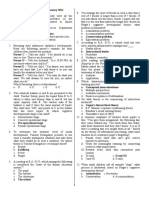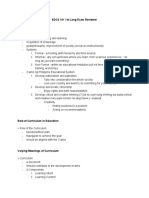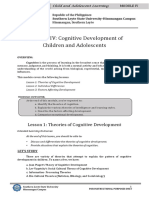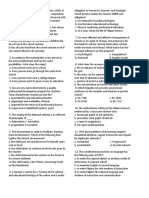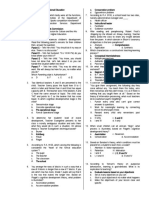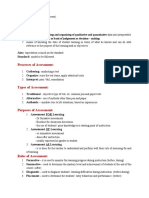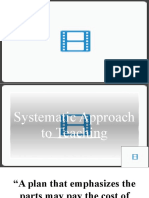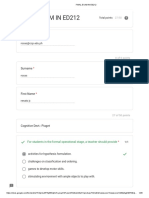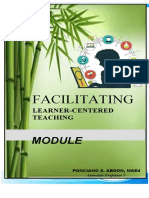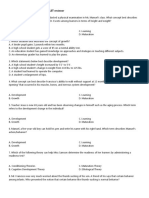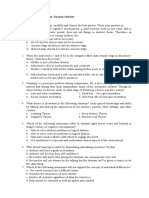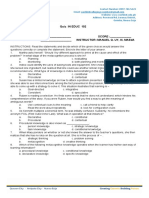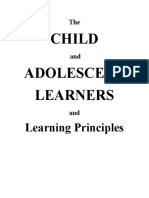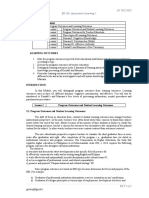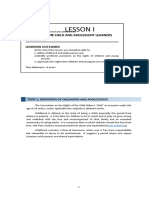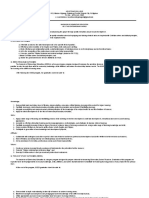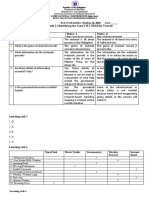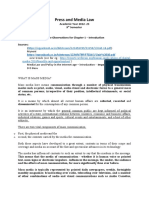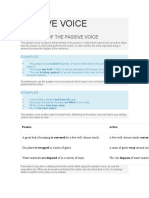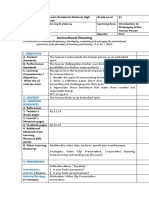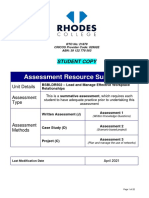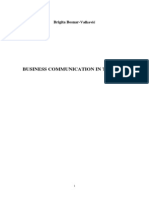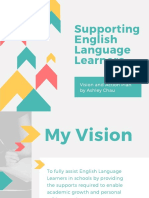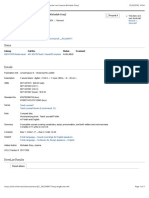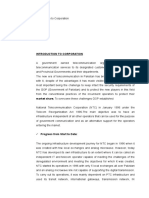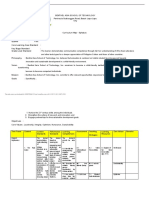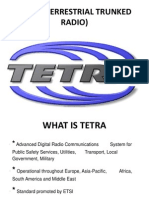0% found this document useful (0 votes)
813 views10 pagesAssessment of Student Learning 1
This document contains a module on assessment of student learning. [1] It discusses key concepts in testing and assessment like validity, reliability, and different assessment tools. [2] Objective tests and essay tests are compared, along with the steps in constructing teacher-made assessments. [3] Criterion-referenced and norm-referenced measures are also compared.
Uploaded by
Gerald TacderasCopyright
© © All Rights Reserved
We take content rights seriously. If you suspect this is your content, claim it here.
Available Formats
Download as DOCX, PDF, TXT or read online on Scribd
0% found this document useful (0 votes)
813 views10 pagesAssessment of Student Learning 1
This document contains a module on assessment of student learning. [1] It discusses key concepts in testing and assessment like validity, reliability, and different assessment tools. [2] Objective tests and essay tests are compared, along with the steps in constructing teacher-made assessments. [3] Criterion-referenced and norm-referenced measures are also compared.
Uploaded by
Gerald TacderasCopyright
© © All Rights Reserved
We take content rights seriously. If you suspect this is your content, claim it here.
Available Formats
Download as DOCX, PDF, TXT or read online on Scribd
/ 10

